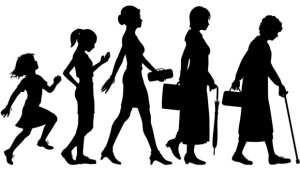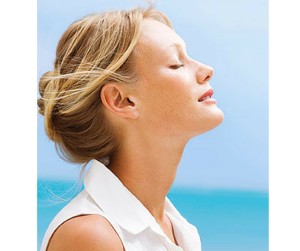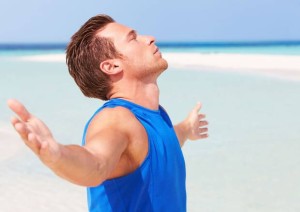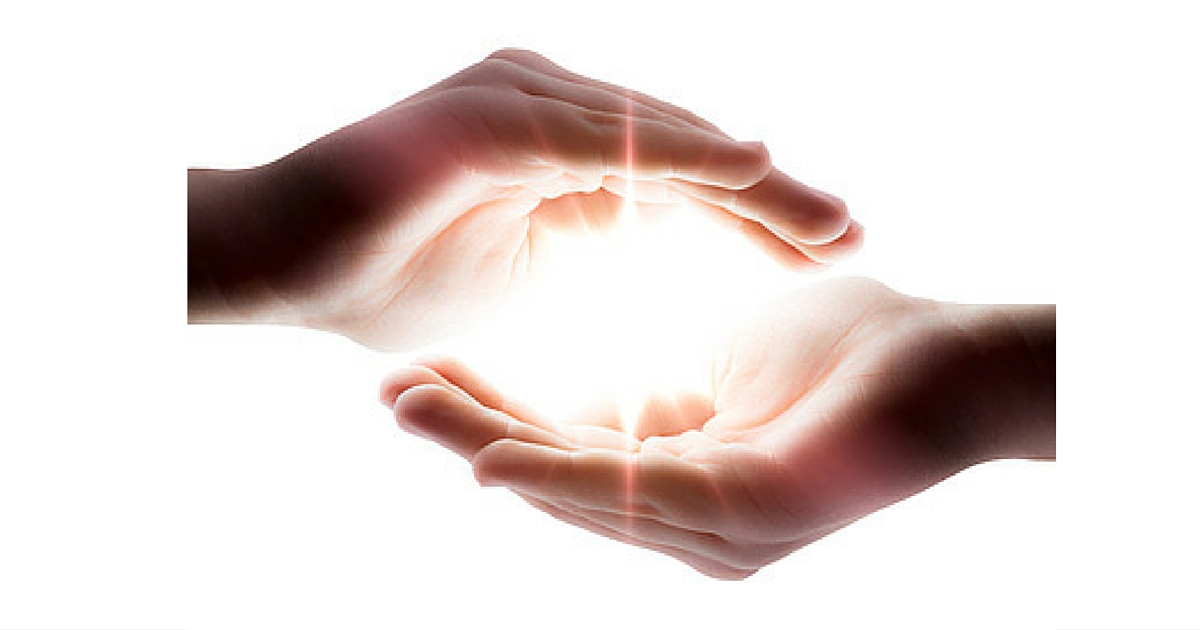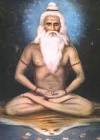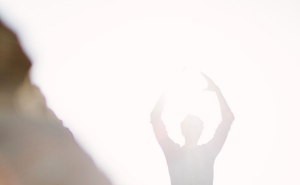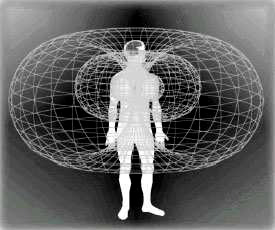How young or old someone feels has a huge influence on their health and how other people view them. Research suggests that feeling young can actually make you look young—and have the health of a younger person, too.
Harvard psychological scientist Ellen Langer has been studying how the mind influences the body for over three decades. In one classic study, she had old men live in a retreat that was retrofitted to look like it was 20 years earlier, while they pretended that they were living in that year. “Their minds were in the past. Their vision improved, their strength improved, and so on,” she says. Langer wrote the new article with Laura M. Hsu of Harvard and Jaewoo Chung of the Massachusetts Institute of Technology.
“If people could learn to be mindful and always perceive the choices available to them, Langer says, they would fulfill their potential and improve their health. Langer’s technique of achieving a state of mindfulness is different from the one often utilized in Eastern “mindfulness meditation” — nonjudgmental awareness of the thoughts and feelings drifting through your mind — that is everywhere today. Her emphasis is on noticing moment-to-moment changes around you, from the differences in the face of your spouse across the breakfast table to the variability of your asthma symptoms. When we are “actively making new distinctions, rather than relying on habitual” categorizations, we’re alive; and when we’re alive, we can improve. Indeed, “well-being and enhanced performance” were Langer’s goals from the beginning of her career.”
So if Langer and her colleagues are right, and feeling young makes you healthier, what can you do about it? One route is to dress like a teenager, dye your hair, and find a younger boyfriend. But Langer has another solution: “Don’t buy the mindset in the first place. Then you won’t be vulnerable to it,” she says. “I think we have far more control over our health and wellbeing than most of us realize.”
The findings from Langer’s studies and her interpretation of these findings are intriguing and controversial. While many people may voice reasonable reservations about her interpretations of the data, these reservations should not lead to a dismissal of her point of view. I think we have much to learn about the ways and extent to which our mindsets play a role in determining our behaviors and our physical and emotional health. An understanding of this role can provide guideposts for developing outlooks that eventuate in a healthy lifestyle, one in which we assume realistic responsibility for what transpires in our lives rather than fall victim to pessimism and helplessness.
http://www.youtube.com/watch?v=r9anlmzYKkk
Age really is relative. No matter what our chronological age, most of us believe we are not “old” and feel younger than we actually are. According to several recent studies, more than half of those under age 30 think people are old before age 60. Middle-aged people, however, say “old” is closer to age 70, while folks 65 and older report that people aren’t old until they reach 75.
Those who appear most at peace with aging don’t dwell in the past and are doing all they can to achieve what matters most to them now, adds Del-Sette. “But it’s never too late! First, forgive yourself. The saying ‘forgiveness is letting go of all hope for a better past’ applies. And plan what you want for the rest of your life. Most importantly, live in the moment.”
{ 0 comments }
